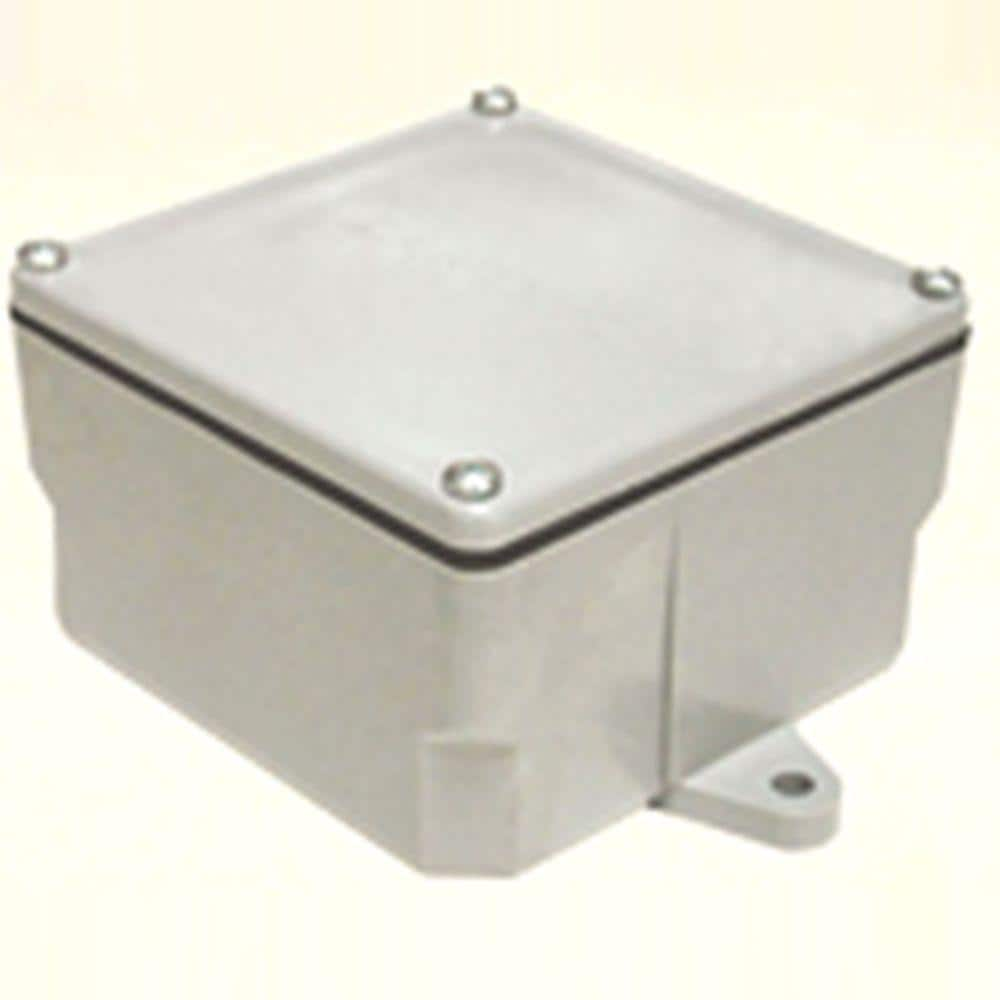I've read a LOT of posts on hear about Universal Wall Connector (and gen 3 wall connector) installs, and can't quite find the answer that reflects my current situation.
The current situation:
Outdoor 6-50 plug on 6-2 Romex immediately outside the basement utility room (where entrance/panel is). Wire penetrates directly into back of wet-rated box. Has worked fine for a few years for occasional charging (at vacation house). Total wire run ~15'. Utility room is not finished. Easy access to walls and ceiling.
It's time to upgrade to UWC. It will need to be raised ~ 18" or so from the height of the current outlet. This means I won't have direct interior to exterior access to the utility room anymore (the new UWC would be on the wall outside my kitchen above the utility room, without easy wall access). Which means a short outdoor surface run.
I THINK my options are:
1) keep current Romex and transition to THWN in a j-box outside for the 18" run
2) replace the whole cable with something that can do and indoor to outdoor transition
3) run the current romex inside a sealed, 3/4" conduit outside for 18" despite knowing that NM-B is not supposed to be in a wet location. I have enough wire slack to do this.
There are three questions here:
1) What would you do? I promise not to take this as advice or recommendation. Just opinion.
2) What is best practice? (ie, would one, non-interrupted wire from panel to UWC be better than a junction box and wire connections? This seems like an unnecessary point of failure)
3) What is code? (I recognize that number 3 above probably won't meet this)
Any advice welcome (other than hire an electrician); trust me I've tried).
Thanks in advance.
The current situation:
Outdoor 6-50 plug on 6-2 Romex immediately outside the basement utility room (where entrance/panel is). Wire penetrates directly into back of wet-rated box. Has worked fine for a few years for occasional charging (at vacation house). Total wire run ~15'. Utility room is not finished. Easy access to walls and ceiling.
It's time to upgrade to UWC. It will need to be raised ~ 18" or so from the height of the current outlet. This means I won't have direct interior to exterior access to the utility room anymore (the new UWC would be on the wall outside my kitchen above the utility room, without easy wall access). Which means a short outdoor surface run.
I THINK my options are:
1) keep current Romex and transition to THWN in a j-box outside for the 18" run
2) replace the whole cable with something that can do and indoor to outdoor transition
3) run the current romex inside a sealed, 3/4" conduit outside for 18" despite knowing that NM-B is not supposed to be in a wet location. I have enough wire slack to do this.
There are three questions here:
1) What would you do? I promise not to take this as advice or recommendation. Just opinion.
2) What is best practice? (ie, would one, non-interrupted wire from panel to UWC be better than a junction box and wire connections? This seems like an unnecessary point of failure)
3) What is code? (I recognize that number 3 above probably won't meet this)
Any advice welcome (other than hire an electrician); trust me I've tried).
Thanks in advance.



